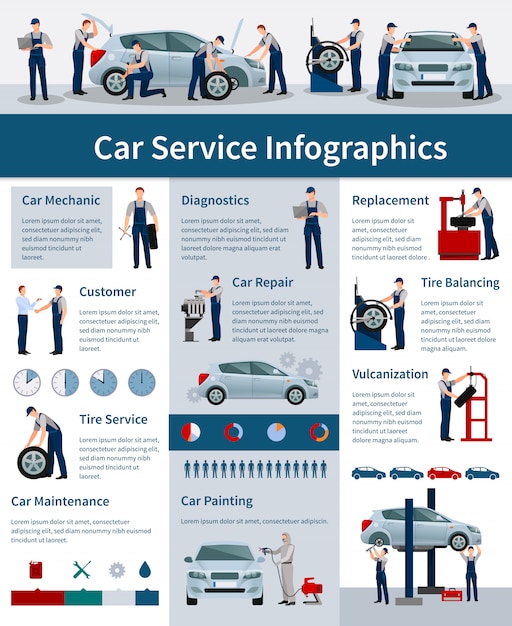Analyzing Your Vehicle'S Caution Indicators: What They Actually Convey
Analyzing Your Vehicle'S Caution Indicators: What They Actually Convey
Blog Article
Web Content By-Lauritsen Stark
When you're behind the wheel, those glowing caution lights on your dashboard can be a bit bewildering. Do you understand what they're attempting to tell you regarding your cars and truck's health? Comprehending the value of these lights is crucial for your safety and security and the longevity of your vehicle. So, the next time among those lights turns up, would not you wish to decipher its message properly and take the required actions to address it?
Common Caution Lights and Interpretations
Recognize usual warning lights in your automobile and comprehend their significances to guarantee risk-free driving.
The most common caution lights consist of the check engine light, which signals concerns with the engine or emissions system. If this light comes on, it's vital to have your vehicle inspected without delay.
The oil pressure cautioning light shows low oil stress, calling for prompt focus to avoid engine damage.
A flashing battery light may suggest a defective billing system, potentially leaving you stranded otherwise resolved.
https://dallasrmhau.bloggerchest.com/31109749/interpreting-your-auto-s-alert-lighting-their-real-implications tracking system (TPMS) light informs you to reduced tire stress, affecting vehicle security and fuel performance. Ignoring this might result in unsafe driving problems.
The ABS light indicates an issue with the anti-lock braking system, jeopardizing your capacity to quit promptly in emergencies.
Last but not least, the coolant temperature advising light warns of engine getting too hot, which can lead to serious damages if not fixed promptly.
Comprehending Highly recommended Internet page will certainly assist you resolve issues promptly and maintain risk-free driving conditions.
Importance of Prompt Focus
Understanding the common warning lights in your auto is only the primary step; the value of without delay dealing with these cautions can not be emphasized sufficient to guarantee your safety and security on the road.
When a warning light illuminates on your control panel, it's your car's way of connecting a possible issue that needs attention. Neglecting these warnings can bring about more extreme problems down the road, jeopardizing your safety and security and potentially costing you more out of commission.
Trigger attention to warning lights can avoid breakdowns and crashes. As an example, a blinking check engine light might show a misfire that, if left unattended, can trigger damages to the catalytic converter. Resolving this quickly can conserve you from a costly fixing.
Likewise, a brake system alerting light might indicate reduced brake liquid or worn brake pads, essential elements for your safety and security when driving.
DIY Troubleshooting Tips
If you notice a caution light on your dashboard, there are a few DIY repairing tips you can attempt before looking for specialist assistance.
The first step is to consult your car's guidebook to understand what the details warning light shows. Sometimes the issue can be as easy as a loosened gas cap triggering the check engine light. Tightening up the gas cap might deal with the trouble.
An additional usual issue is a low battery, which can activate different alerting lights. Checking the battery links for corrosion and ensuring they're protected might deal with the trouble.
If a caution light lingers, you can attempt resetting it by detaching the auto's battery for a few minutes and afterwards reconnecting it. In addition, inspecting your car's liquid degrees, such as oil, coolant, and brake liquid, can assist repair alerting lights associated with these systems.
Final thought
In conclusion, understanding your vehicle's warning lights is crucial for maintaining your car running efficiently and safely. By quickly resolving these notifies and understanding what they indicate, you can avoid expensive fixings and prospective breakdowns.
Bear in mind to consult your car's guidebook for particular information on each advising light and act appropriately to guarantee a hassle-free driving experience.
Stay informed, stay safe on the road!
